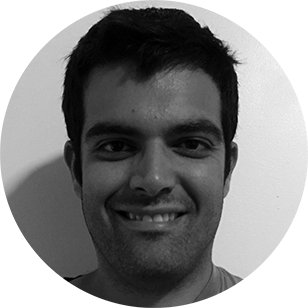Early studies suggest heat and humidity may help slow the coronavirus, but not all scientists are convinced
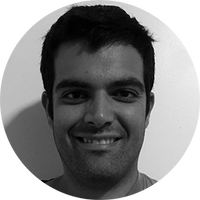
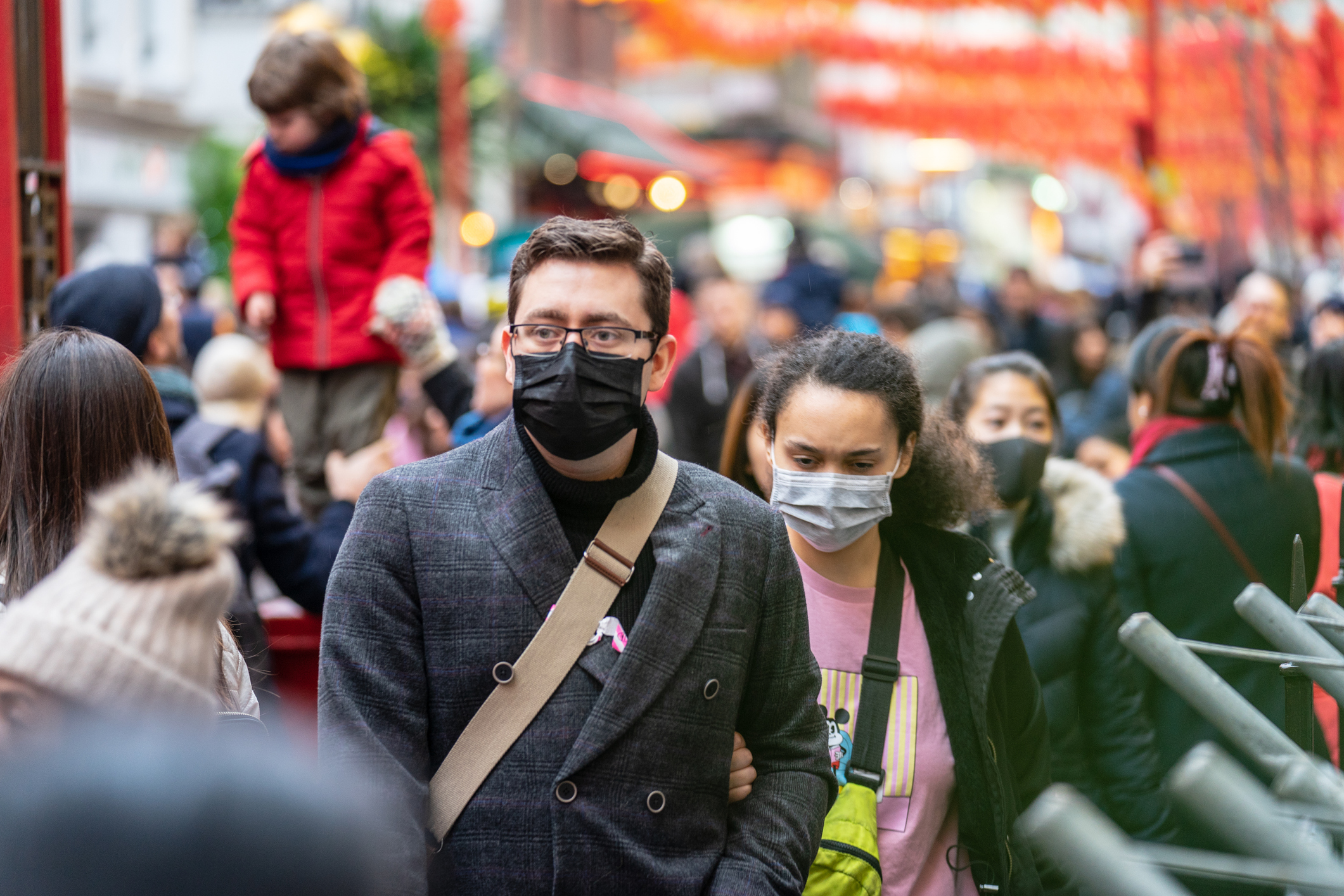
There's been a lot of speculation about whether heat and humidity could help push back the COVID-19 coronavirus, as it tends to do with other coronaviruses, and some early studies suggest that it could indeed be a factor as the Northern Hemisphere prepares for warmer months, The Washington Post reports. But there's still a lot of research to be done.
A new, non-peer reviewed study from the Massachusetts Institute of Technology published over the weekend found that 90 percent of coronavirus transmissions have occurred in areas with temperatures between 37 and 63 degrees and within a specific humidity range. Outside of these zones, the virus is still spreading, but it doesn't seem to move at the exponential rate it does in cooler places. For example, several countries in Southeast Asia which had a rush of visitors from mainland China earlier in the year have not seen outbreaks on the scale of those in Europe and the United States, and many of the cases in countries like Australia are believed to be travel-related. Even in some warmer states like Texas and Florida, the paper notes, are not exhibiting the same growth rates seen in New York and Washington.
Still, this is preliminary research and many scientists aren't convinced. Jeffrey Shaman, the director of Columbia University's climate and health program, urged people not to "put a lot of stock" in the MIT study and said more lab testing is required. Even the authors of the study said the possibility of slower growth rates as the weather warms isn't an excuse to throw caution to the wind, especially because the virus could re-establish itself by the fall. They also suggested countries in the Southern Hemisphere brace themselves as winter approaches. Read more at The Washington Post.
The Week
Escape your echo chamber. Get the facts behind the news, plus analysis from multiple perspectives.

Sign up for The Week's Free Newsletters
From our morning news briefing to a weekly Good News Newsletter, get the best of The Week delivered directly to your inbox.
From our morning news briefing to a weekly Good News Newsletter, get the best of The Week delivered directly to your inbox.
A free daily email with the biggest news stories of the day – and the best features from TheWeek.com
Tim is a staff writer at The Week and has contributed to Bedford and Bowery and The New York Transatlantic. He is a graduate of Occidental College and NYU's journalism school. Tim enjoys writing about baseball, Europe, and extinct megafauna. He lives in New York City.
-
 Why is Trump’s alleged strike on Venezuela shrouded in so much secrecy?
Why is Trump’s alleged strike on Venezuela shrouded in so much secrecy?TODAY'S BIG QUESTION Trump’s comments have raised more questions than answers about what his administration is doing in the Southern Hemisphere
-
 Vance’s ‘next move will reveal whether the conservative movement can move past Trump’
Vance’s ‘next move will reveal whether the conservative movement can move past Trump’Instant Opinion Opinion, comment and editorials of the day
-
 Why recognizing Somaliland is so risky for Israel
Why recognizing Somaliland is so risky for IsraelTHE EXPLAINER By wading into one of North Africa’s most fraught political schisms, the Netanyahu government risks further international isolation
-
 Covid-19 mRNA vaccines could help fight cancer
Covid-19 mRNA vaccines could help fight cancerUnder the radar They boost the immune system
-
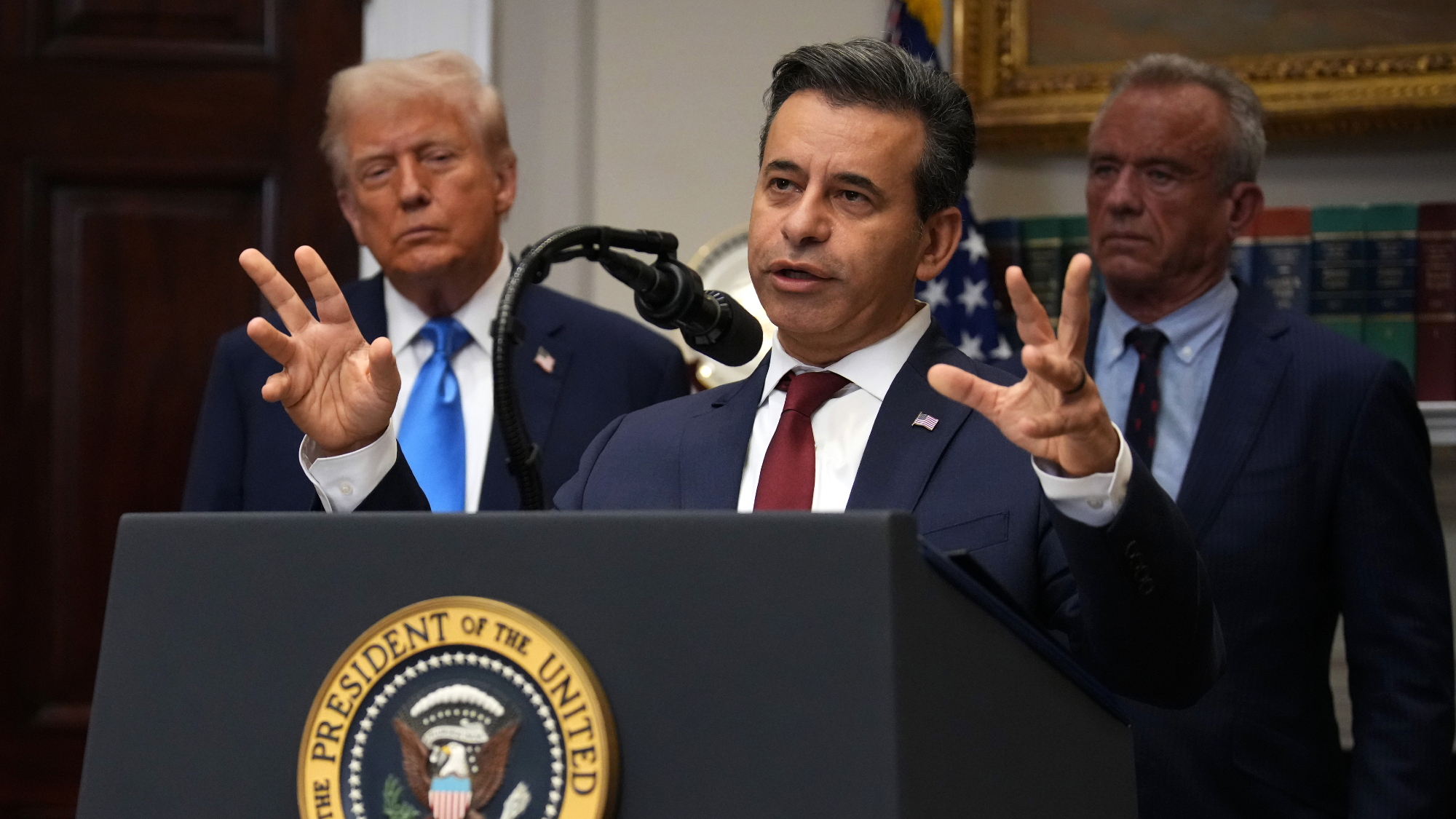 FDA OKs generic abortion pill, riling the right
FDA OKs generic abortion pill, riling the rightSpeed Read The drug in question is a generic version of mifepristone, used to carry out two-thirds of US abortions
-
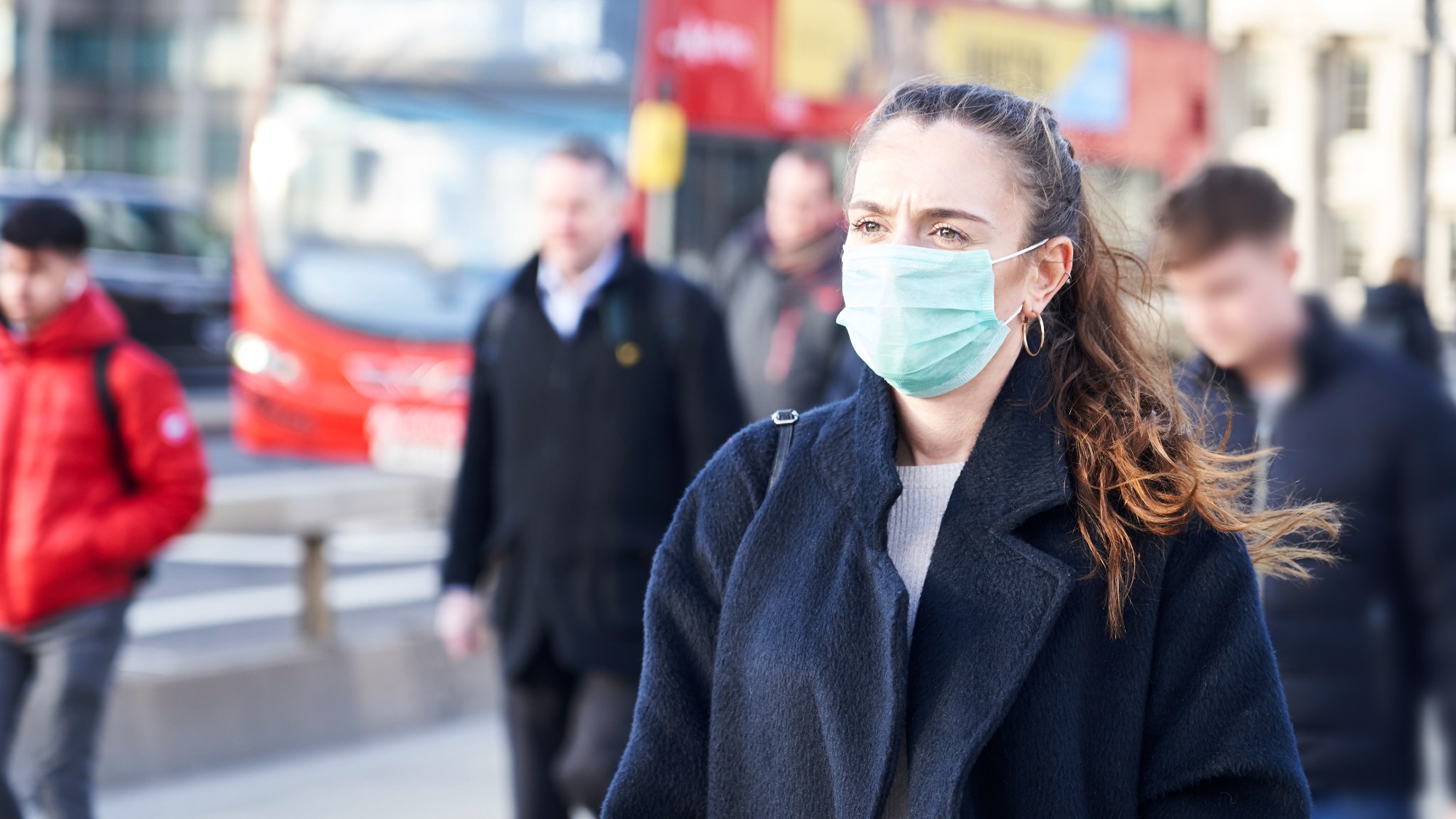 The new Stratus Covid strain – and why it’s on the rise
The new Stratus Covid strain – and why it’s on the riseThe Explainer ‘No evidence’ new variant is more dangerous or that vaccines won’t work against it, say UK health experts
-
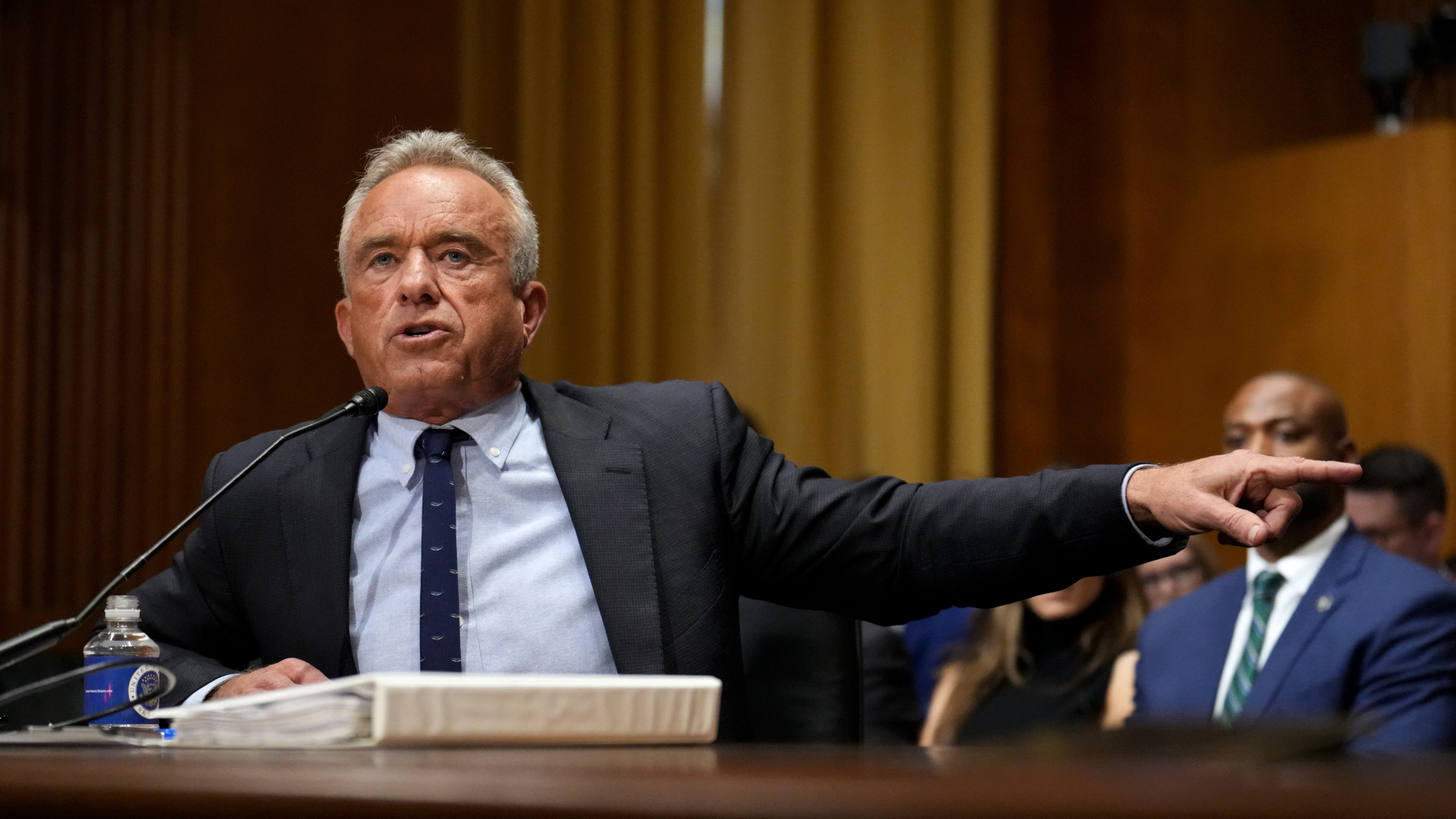 RFK Jr. vaccine panel advises restricting MMRV shot
RFK Jr. vaccine panel advises restricting MMRV shotSpeed Read The committee voted to restrict access to a childhood vaccine against chickenpox
-
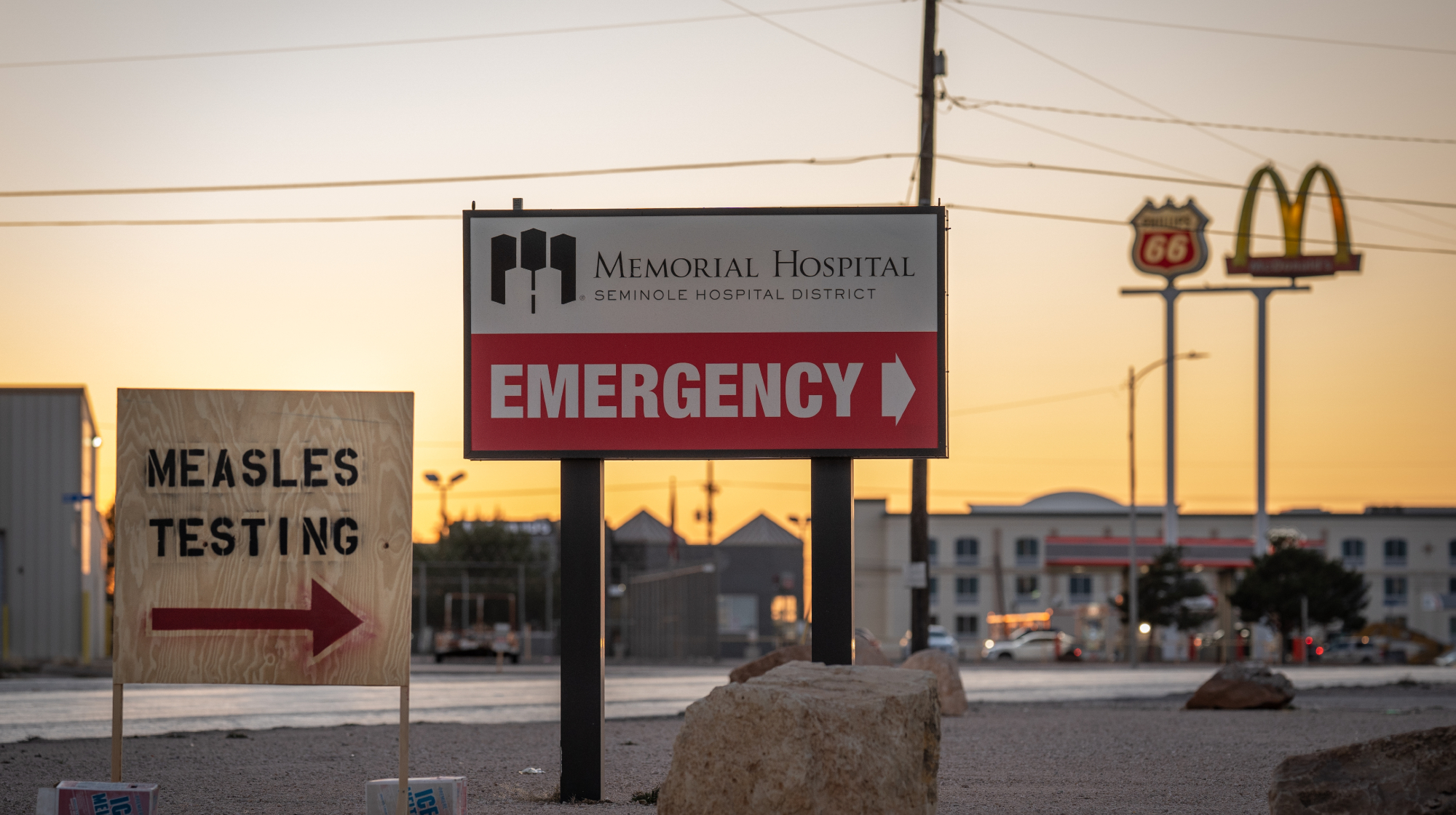 Texas declares end to measles outbreak
Texas declares end to measles outbreakSpeed Read The vaccine-preventable disease is still spreading in neighboring states, Mexico and Canada
-
 RFK Jr. shuts down mRNA vaccine funding at agency
RFK Jr. shuts down mRNA vaccine funding at agencySpeed Read The decision canceled or modified 22 projects, primarily for work on vaccines and therapeutics for respiratory viruses
-
 Measles cases surge to 33-year high
Measles cases surge to 33-year highSpeed Read The infection was declared eliminated from the US in 2000 but has seen a resurgence amid vaccine hesitancy
-
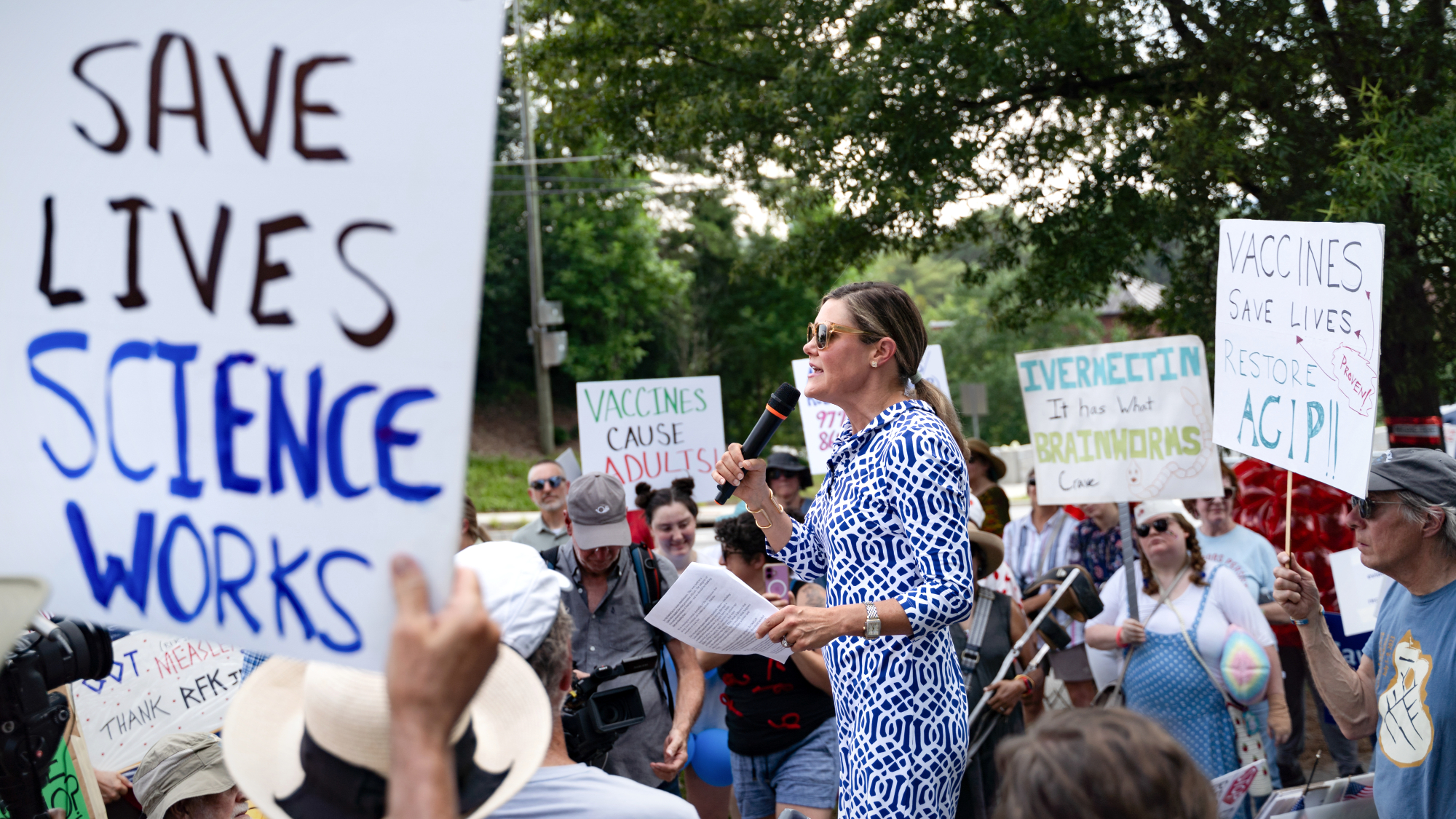 Kennedy's vaccine panel signals skepticism, change
Kennedy's vaccine panel signals skepticism, changeSpeed Read RFK Jr.'s new vaccine advisory board intends to make changes to the decades-old US immunization system
